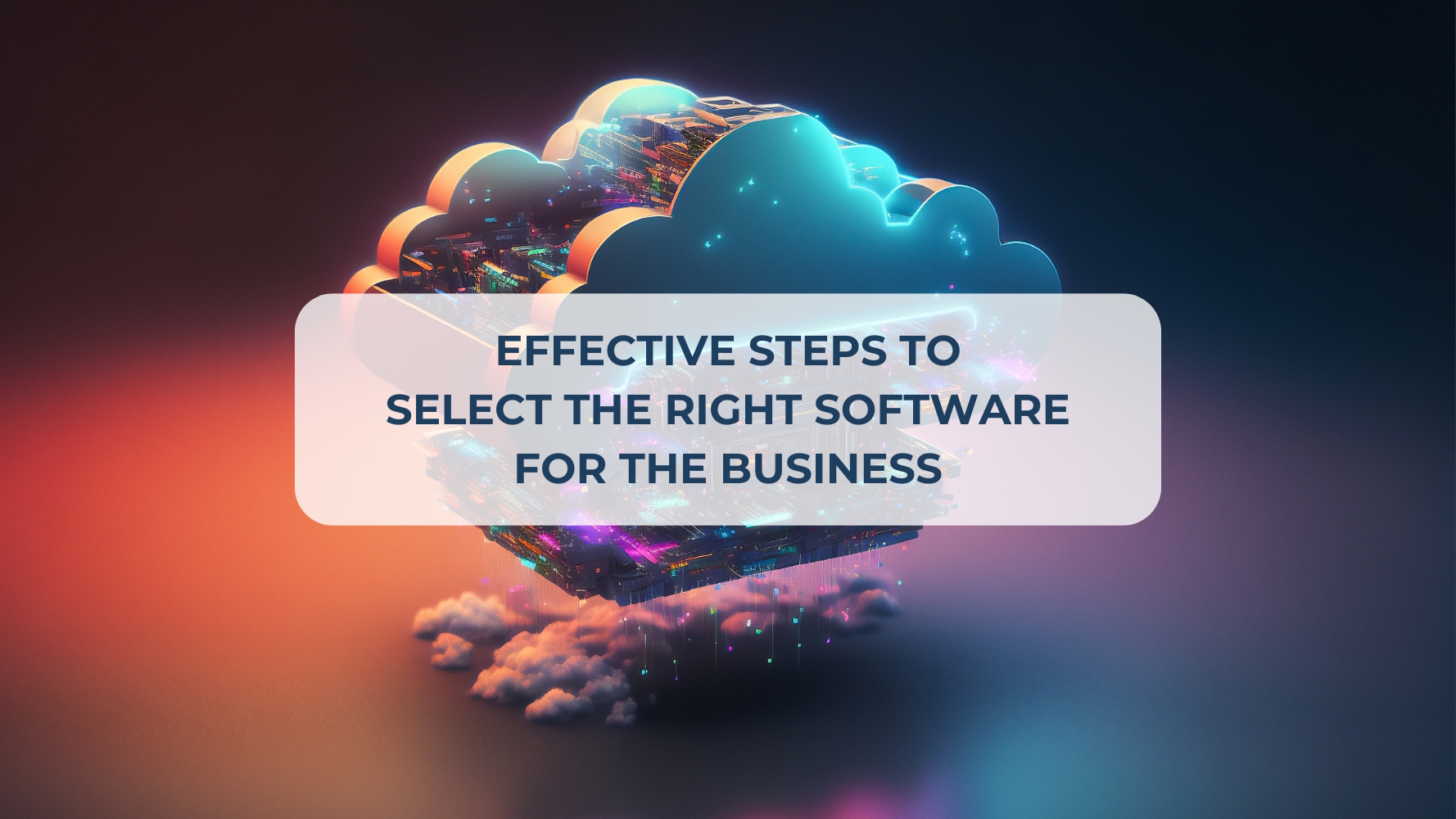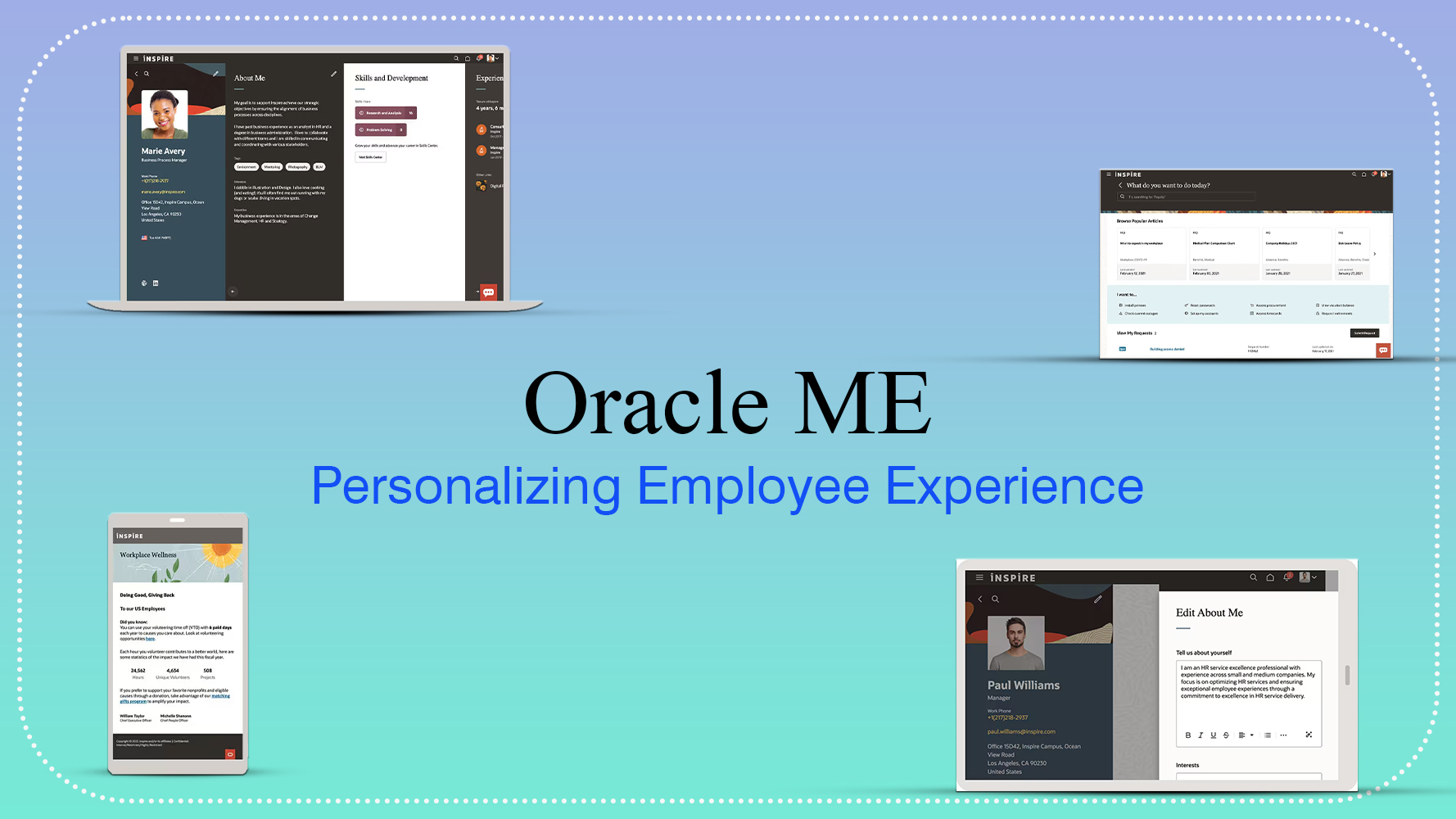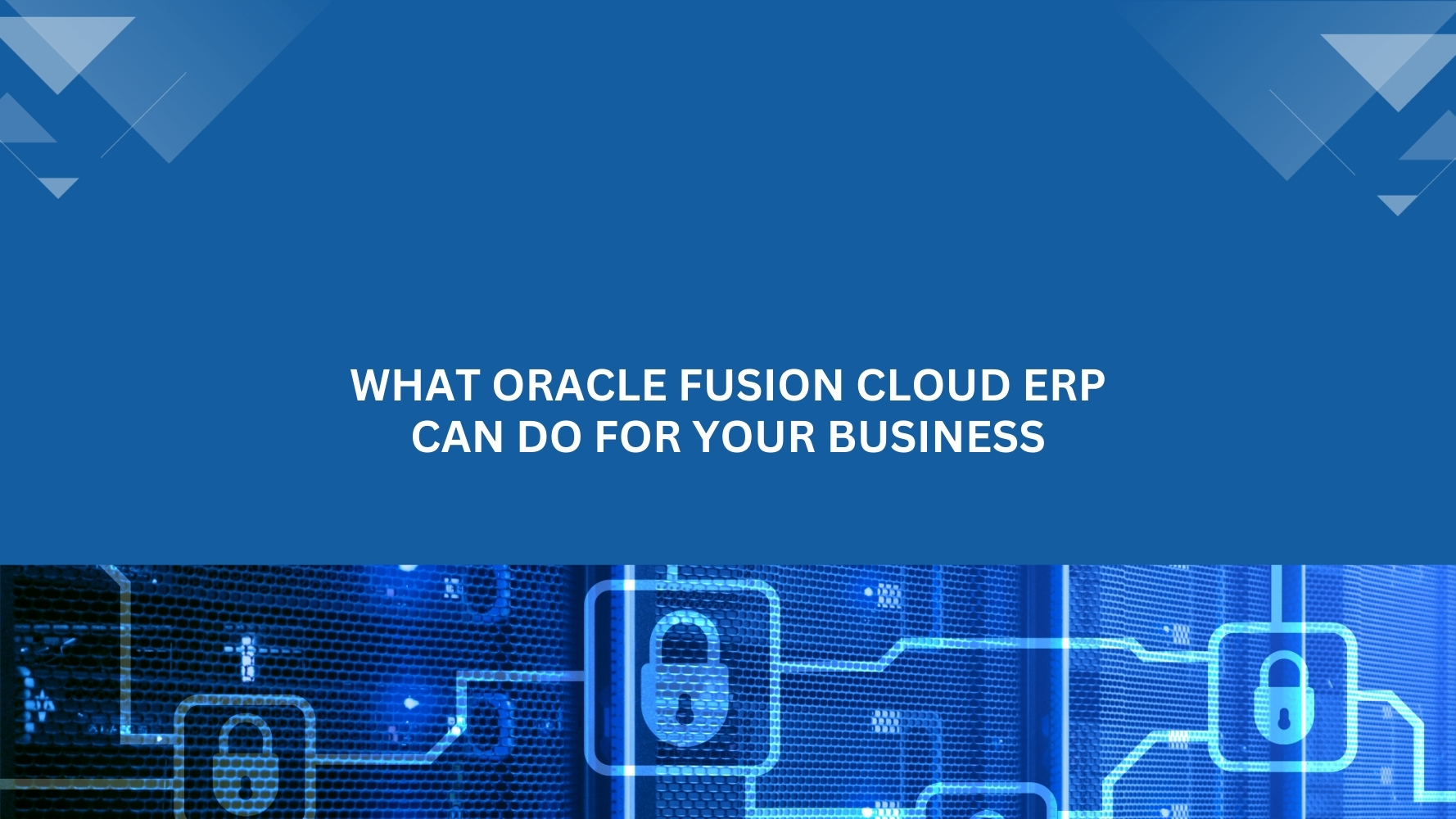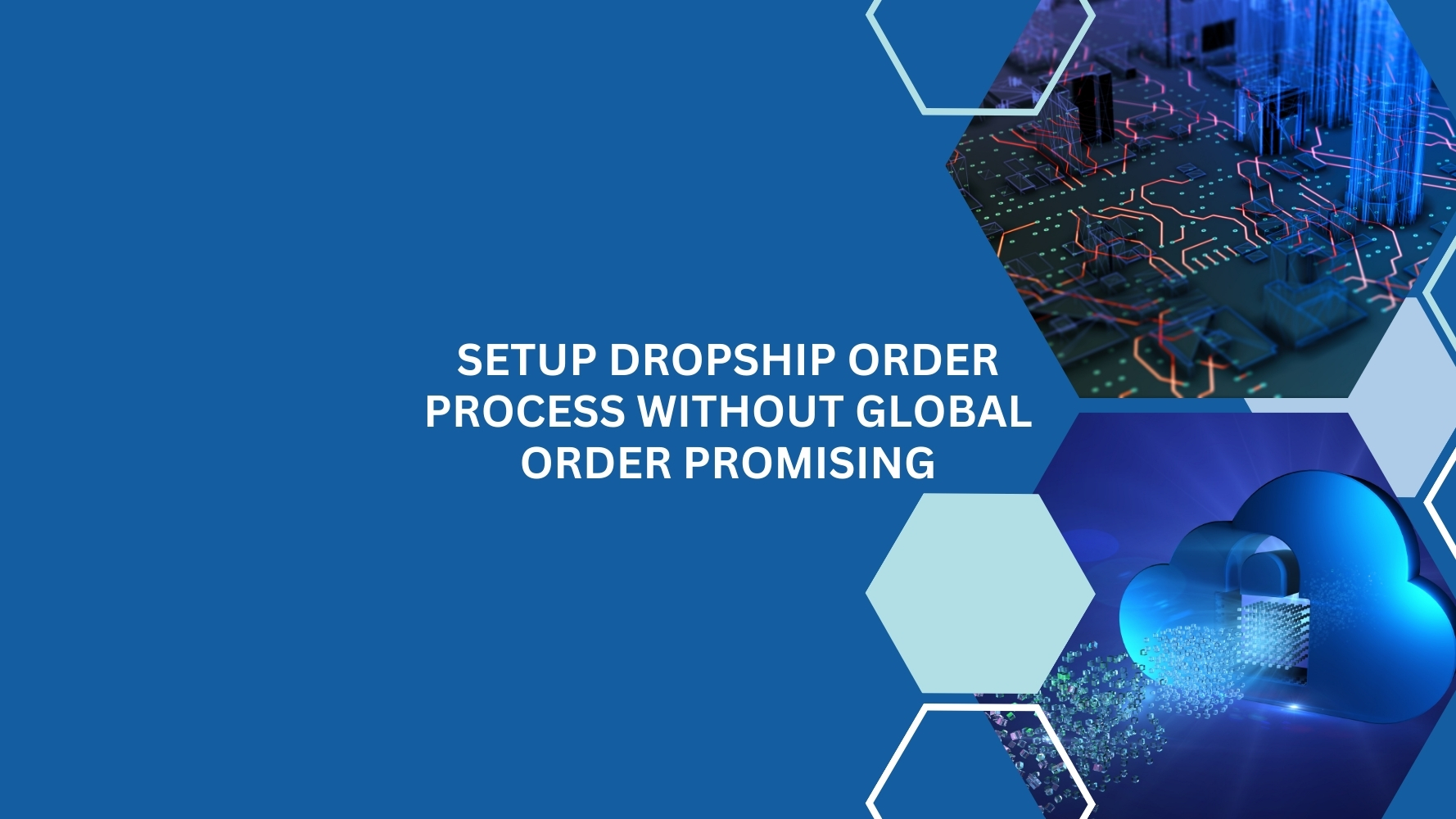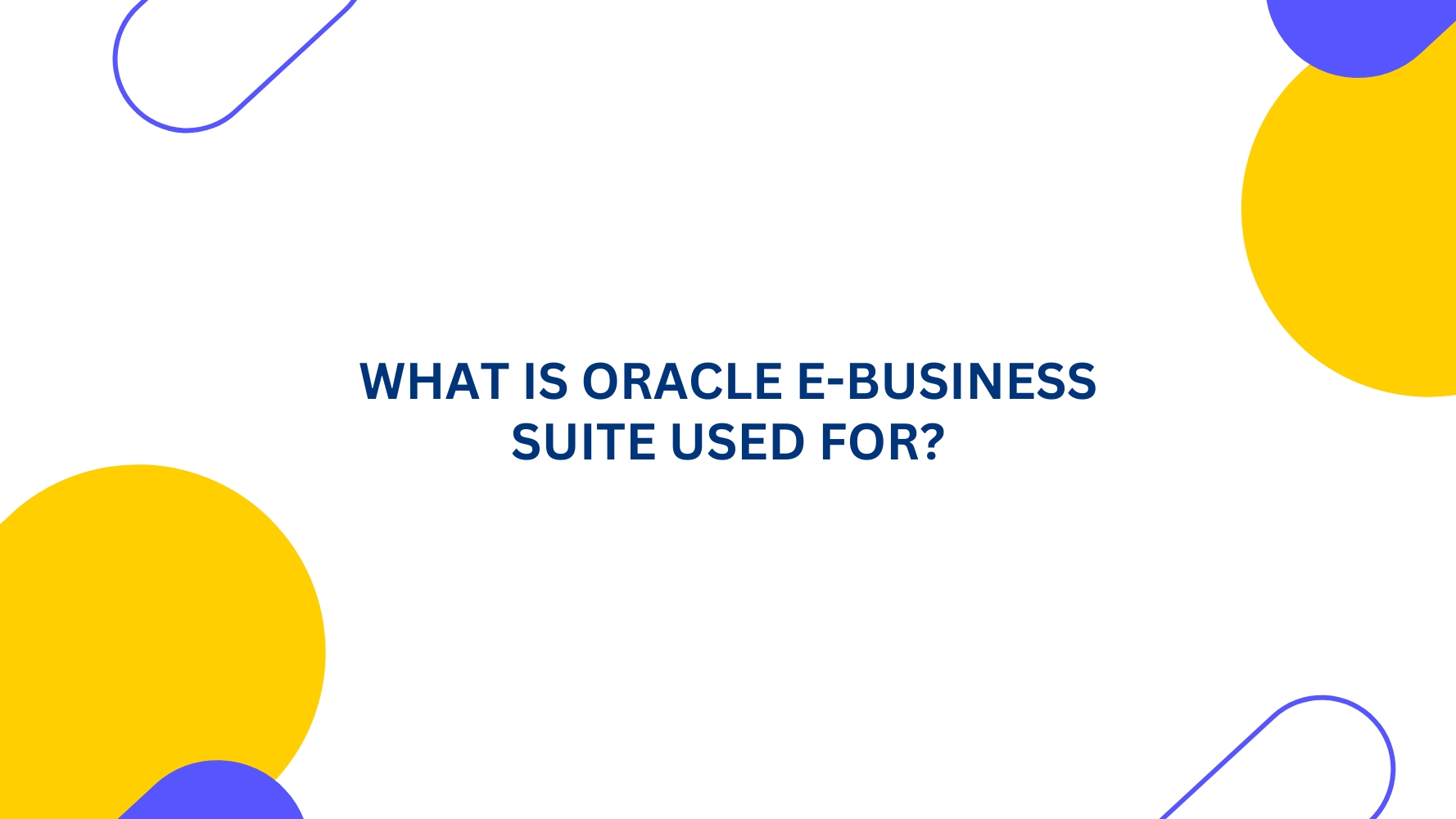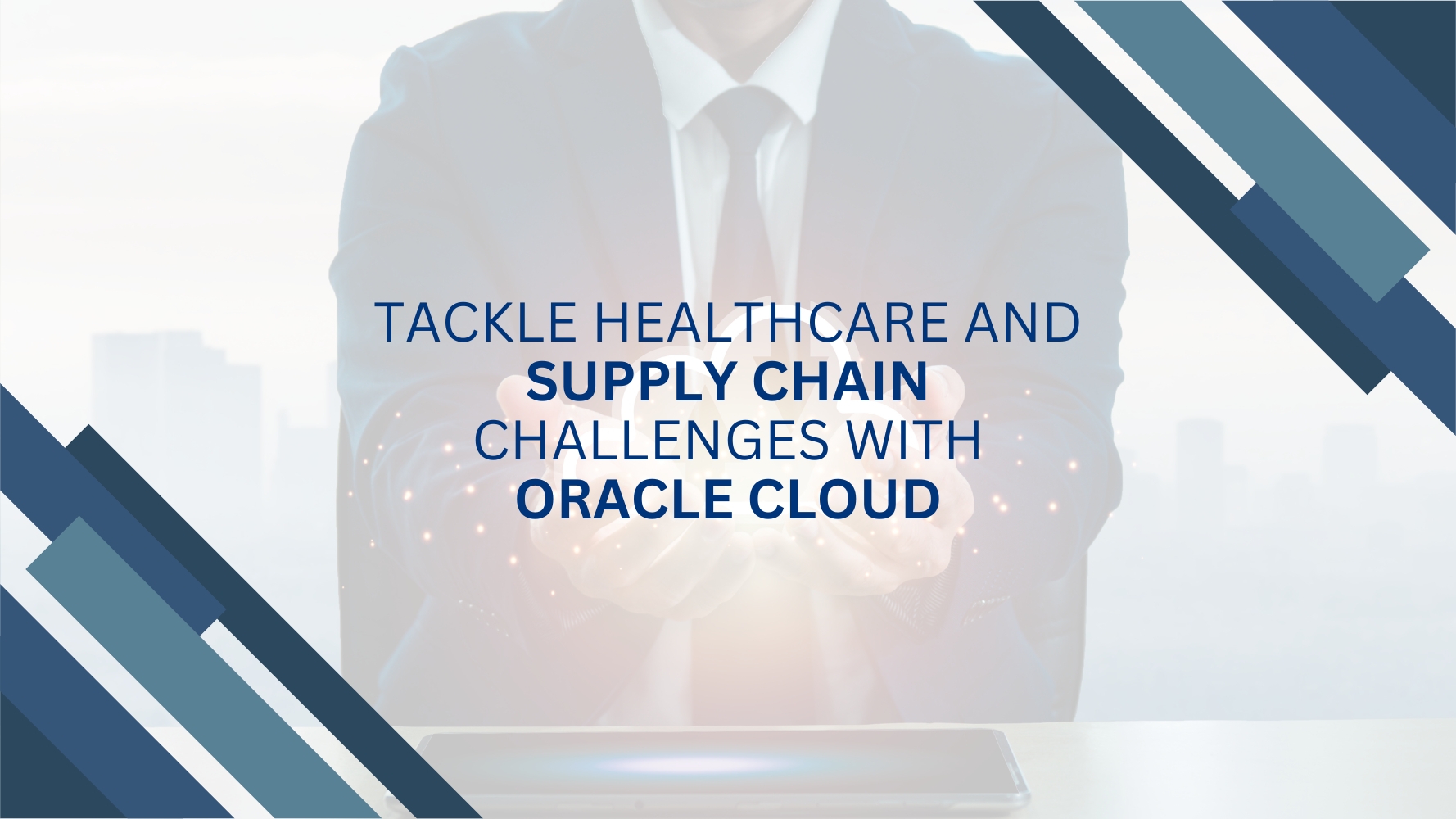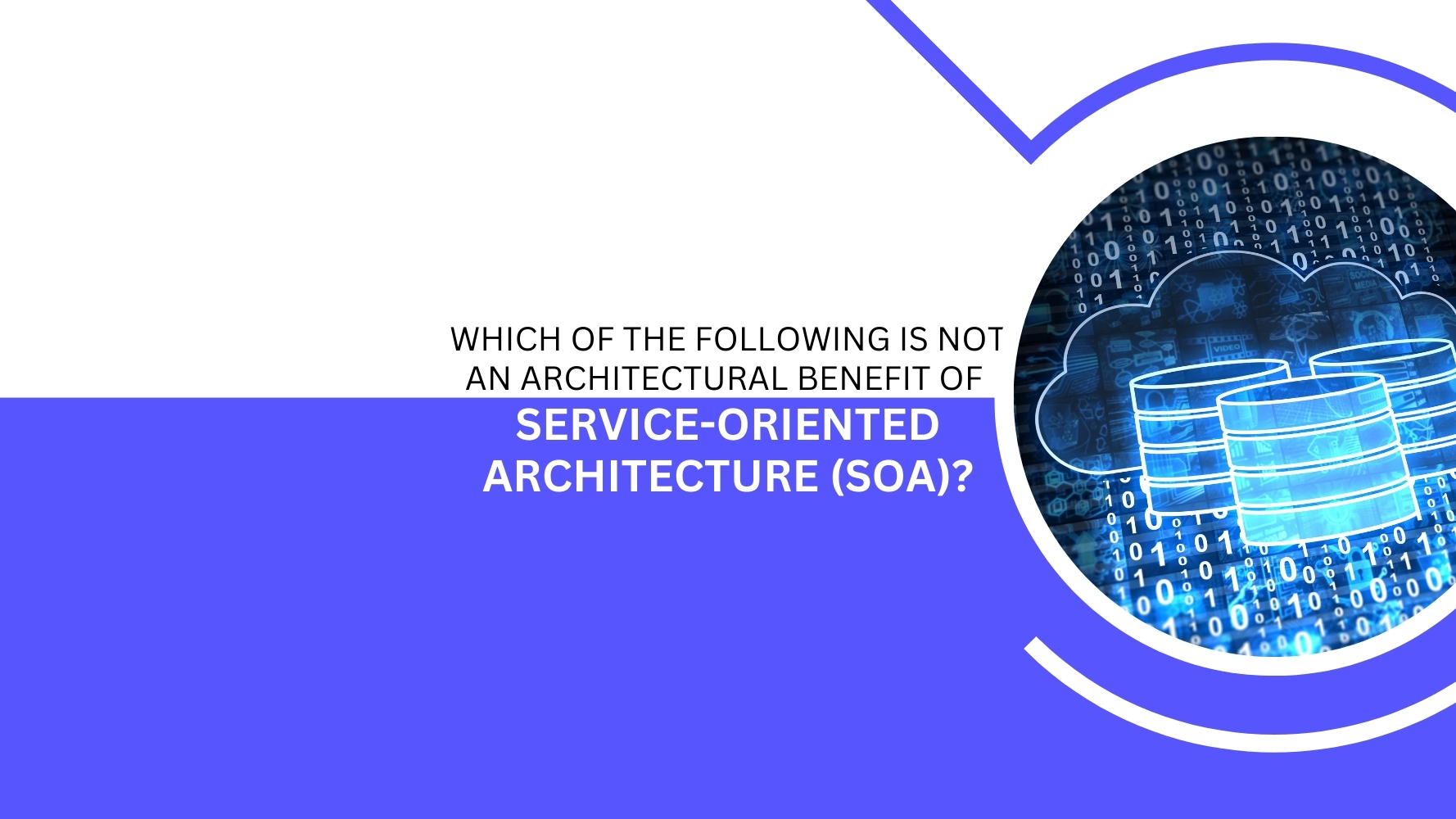Business management software plays an integral role in an organization’s growth. The correct selection of software can take a business to the next level, whereas an incorrect selection can result in chaos and frustration in an organization, both for the management and the staff.
To ease the process, we will cover all the steps you need to focus on to make the right selection. Sit tight and read along for a wholesome guide to selecting the right business management software!
Step 1: Understand and Evaluate your Business
Understanding and evaluating a business’s requirements is the primary step to onboarding a software system.
Take the following points into account to evaluate your business:
Business Size: Not all software fits all! Know your total business size and no. of employees in different departments. It will help you choose software that is manageable for your business. Moreover, it’s good to consider that you would want to expand as the business grows.
For instance, Oracle Cloud ERP solutions scale well for growing businesses, offering flexibility as you expand.
Technological Status: You might have some software or hardware systems already installed in your organization. Before moving ahead, you should know about their functionality, version, integration capabilities, and more. Additionally, you must be clear if you want to upgrade, migrate or integrate them with another software.
If you’re just starting, discussing options like Oracle Cloud HCM or Oracle Cloud ERP with a software partner will help you make a practical decision quickly and get started.
Requirements of each Department: A thorough knowledge and understanding of the problems employees in each department are facing is a must. You must be aware of all the challenges and areas that are lacking in the working processes to make useful and informed decisions. It is best to list all the challenges you want to focus on first.
For example, Oracle Cloud HCM could be a great fit if HR management is a challenge.
Future Goals: Every organization has growth plans. Think about where you want to see your organization in 10-15 years. Would you like to tap the international market? At how many locations do you see your branches? Are you introducing new products/services? How many new manufacturing units are you planning to set and in which locations? Where do you see yourself in technological upgradation? These are a few questions with which you can start. The point is to be clear about your future goals.
Whether it’s expanding globally or introducing new products, solutions like Oracle Cloud EPM can support long-term financial planning and forecasting.
Step 2: Research and select a vendor and an implementation partner
Now that you have a clear and precise understanding of your organization, the challenges employees and departments are facing, the technological status, and future goals of your organization, start researching software and vendors. Use your research in step 1 to identify your software needs and analyze which products would improve the working and bring the best results to your organization.
Focus on finding products that suit your organization’s needs, such as Oracle Cloud ERP, Oracle Cloud HCM, and Oracle Cloud EPM, to enhance efficiency and streamline operations.
There are many more products. You can learn their basics by an internet search and get a precise and detailed understanding by connecting with an implementation partner.
Shortlist a few vendors whose services resonate with your organization’s needs. Collaborate with heads of various departments and list specific requirements of each department. Make a list of questions you are seeking answers to via software installation.
Time to schedule a one-on-one call!
Step 3: Schedule a Call
Once on a call, make the most out of it. Understand the software products, their use cases, results, implementation process, assistance, the time required for end-to-end implementation, and how long it takes to start seeing results. Whether it’s Oracle Cloud ERP for business operations or Oracle Cloud EPM for financial management, the call is the time to clear all doubts. Understand the software products and analyze how they can make a difference in your organization. Also, ask the implementation partner about the services they offer.
Before scheduling a demo, inform the vendor, clarify your expectations and what you want to see, and focus more on the demo.
Lastly, ask for a quote!
Step 4: Schedule a Demo
Ensure you are thorough with the service your vendor and implementation partner provide. You can go through their website to learn about them. Moreover, keep the session detailed.
Some considerations for choosing the right implementation partner:
- Ensure your implementation partner is well aware of your industry, products, and distribution channels.
- Ensure their software company meets your organization’s requirements. For example, Inventory management product modules must show inventory in real-time across all warehouse locations.
- Know about software’s scalability. Scalability is a vital feature if you want to expand your business.
- Ask about the product’s integration capability. Not all software can be integrated with their-party software. It is especially essential if you have some pre-installed hardware/software systems in your organization.
Coordinate and finalize the software system(s) you want to install and the installation procedure you wish to implement.
Ask the partner what an implementation timeline looks like generally and the hardware requirements from the organization’s end.
Step 5: Implementation
Implementation of any software is the most critical and challenging part of the implementation process. The onboarding of a software system is time-consuming and requires attention to detail and patience. Engaging with an implementation partner early in the process is a good idea. They are a wealth of information and resources regarding best practices and process management for your business. It also means you might need to hire an extra workforce for some time to keep the day-to-day processes smooth.
Be prepared for the following challenges!
- Time Obligation: Onboarding a software system asks for commitment. You will need to devote time and participate actively in the process.
- Workforce Requirement: You’ll be investing a lot of time in the implementation process. Therefore you might need to hire an additional workforce for some time at least to keep the workflow smooth and ensure timely deliveries and management.
- Data Import: Your organization must have considerable data spread over the years. You would need to segregate data based on what you wish to import into the new software. Also, ask your implementation partner about data integrations in the system.
- Staff Training: Staff training is a critical step in a successful implementation process. In the end, the staff will use the software daily to carry on the work. Therefore, being comfortable and understanding the system and the new interface is crucial. An organization must prioritize the staff training sessions and customize the system to blend well with its business processes.
Conclusion
Remember, you will take a huge step towards growth by implementing a software system. However, it is essential to be prepared and have the flexibility to accept the new ways of working to make the most out of the system. Pay attention to the recommendations by your implementation partner and be open to the changes. Most importantly, choose your implementation wisely.
Connect with Tangenz an Oracle Preferred Partner to start your growth journey.
